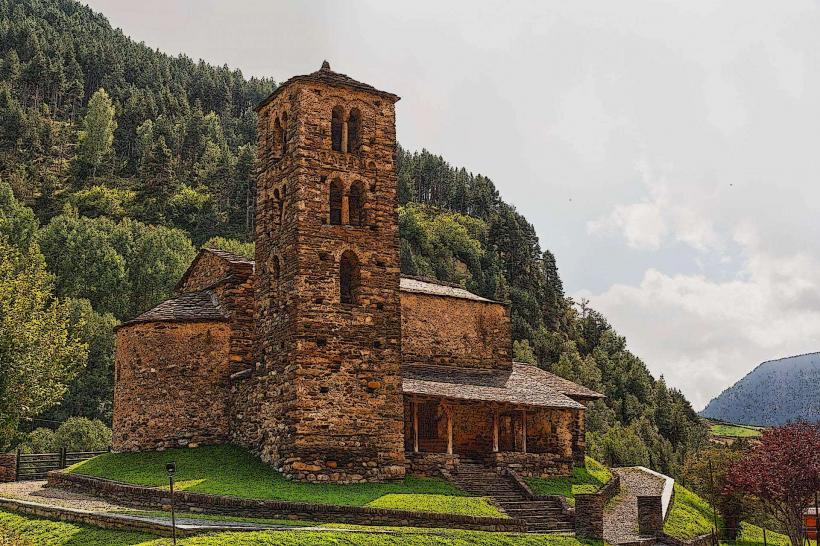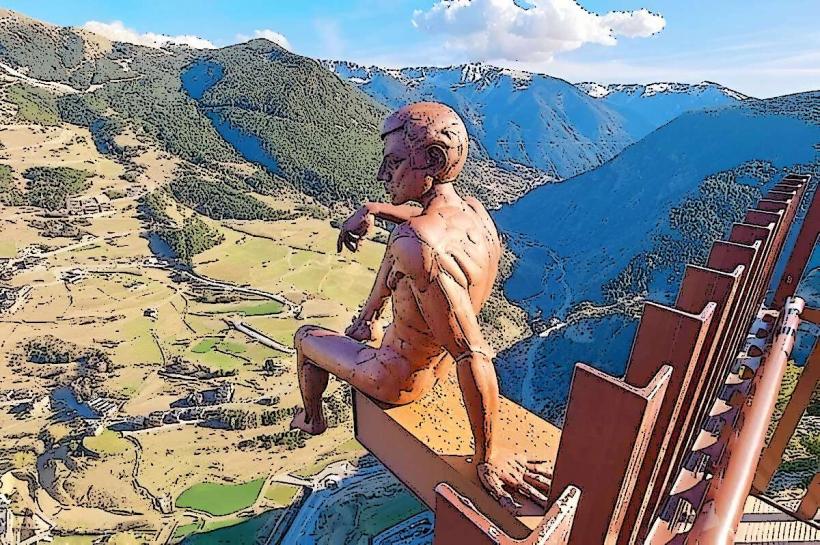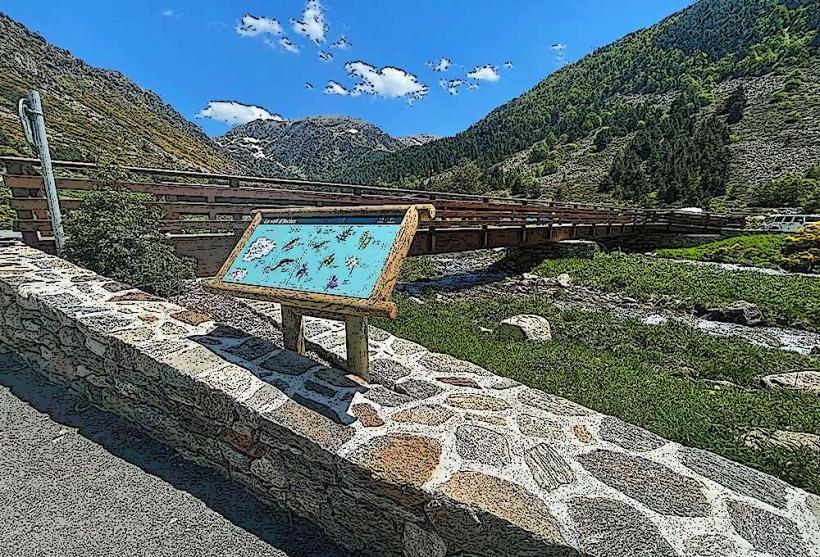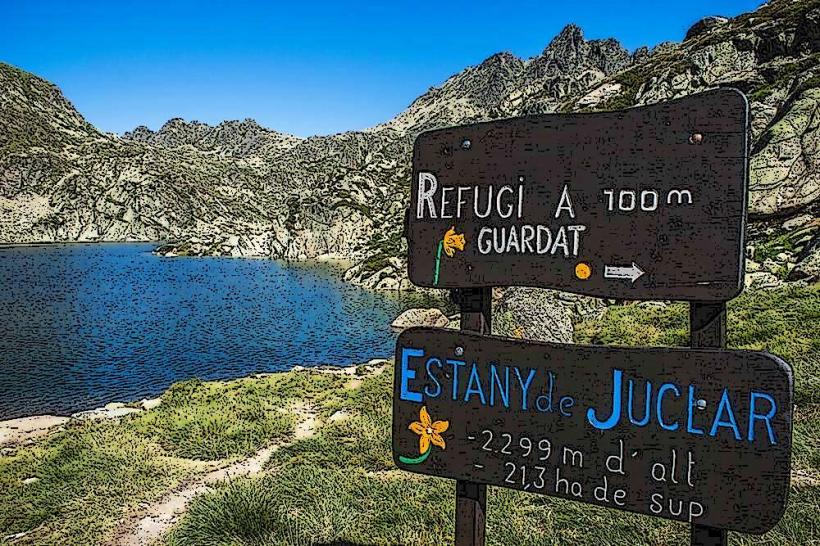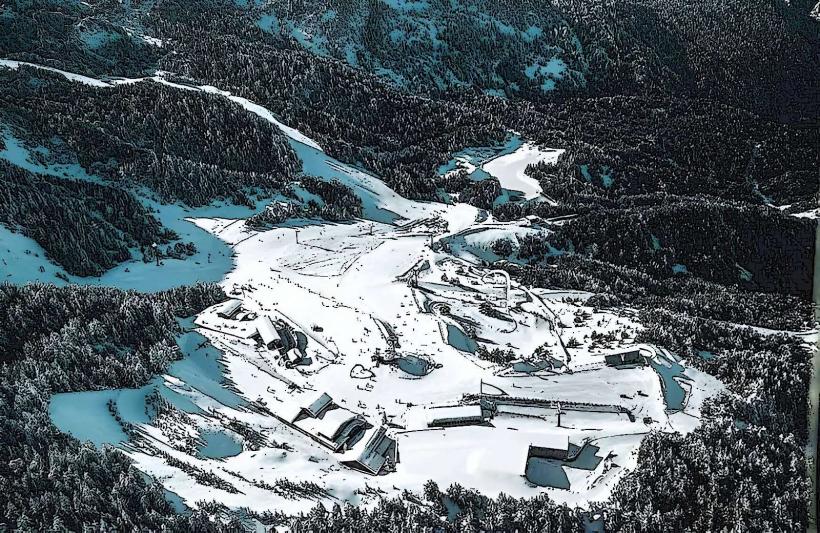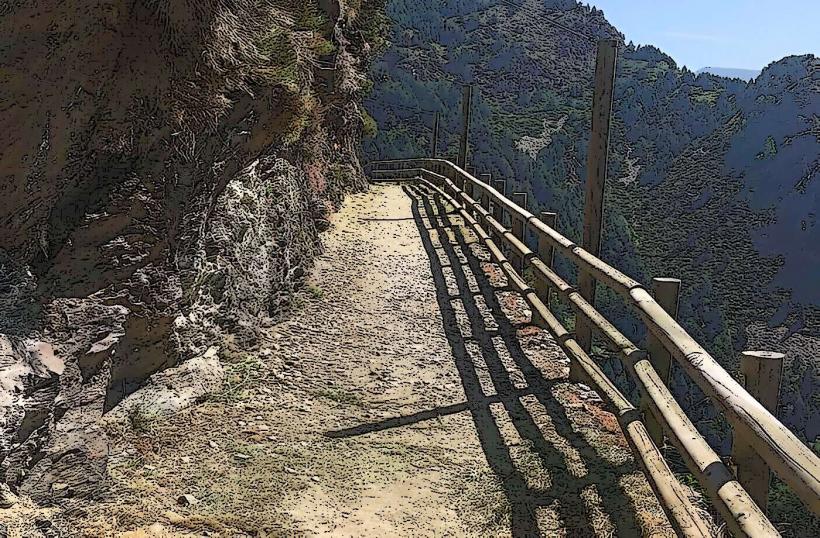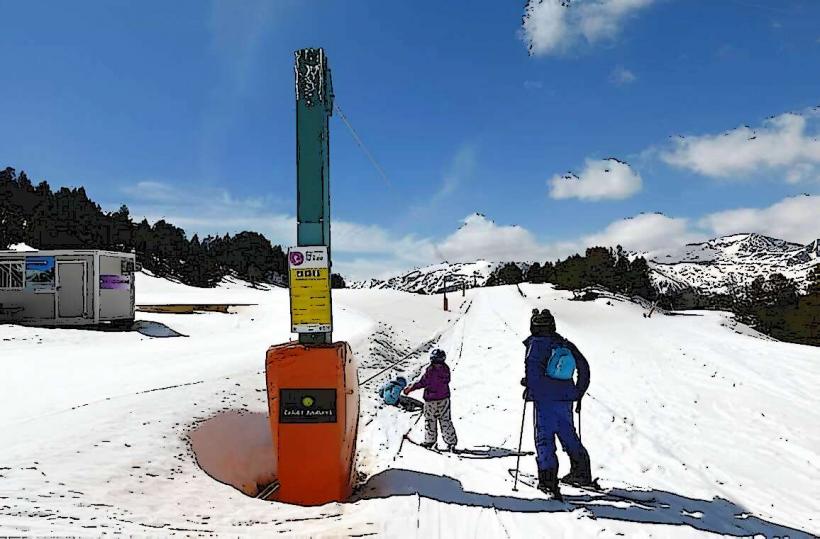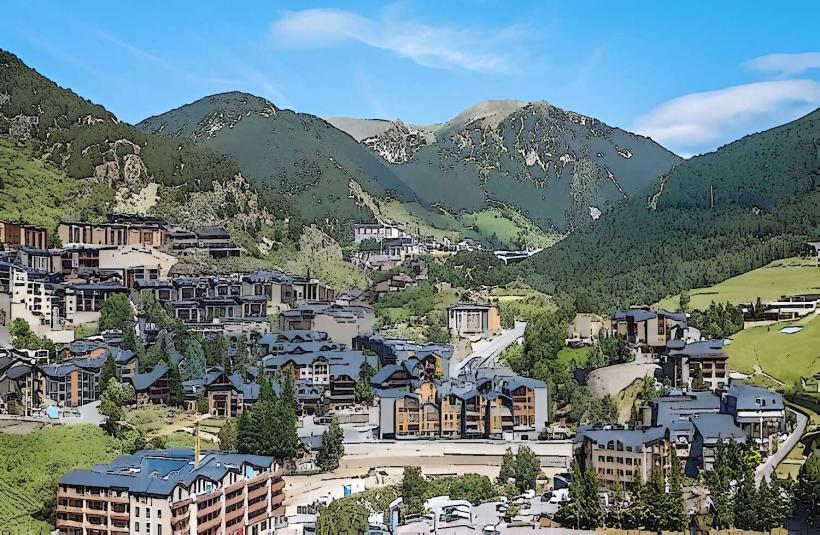Information
Landmark: Ariège Natural BorderCity: Canillo
Country: Andorra
Continent: Europe
The Ariège Natural Border is a geographic feature that forms part of the natural boundary between Andorra and France. This border follows the crest of the Pyrenees mountain range, which separates the two countries. The Ariège region in France is named after the Ariège River, and the natural border here is both scenic and historically significant. It serves as a transition zone between the French departments of Ariège and Pyrénées-Orientales and the Principality of Andorra.
1. Geography and Location
- Location: The Ariège Natural Border is situated in the eastern Pyrenees, with the Ariège River in France marking part of the natural boundary. The border is positioned between the French region of Ariège (which is in the Occitanie department) and Andorra, extending from the Cerdanya region to the west all the way to the Vall de Ransol in Andorra.
- Mountain Range: The natural border primarily follows the Pyrenees mountains, a formidable range that spans the length of the border between France and Spain (and Andorra). The mountains in this region are rugged, with jagged peaks, deep valleys, and numerous high-altitude lakes, such as the Estany Blau in Andorra.
2. Key Features and Landscape
- Peaks and Valleys: The Ariège Natural Border is characterized by high-altitude peaks, some of which reach over 2,500 meters (8,200 feet). These include prominent mountains such as Pic de Coma Pedrosa, the highest peak in Andorra, and Pic de la Serrera. The landscape is dramatic, with steep cliffs, alpine meadows, forests, and deep valleys carved by glaciers over millennia.
- Glacial Lakes: The region also features several stunning glacial lakes, including Estany de les Truites and Estany Blau in Andorra, which add to the beauty of the natural border. These lakes are crystal-clear and surrounded by alpine vegetation, providing a picturesque setting.
- Forests and Wildlife: The natural border is home to dense forests of pine, fir, and beech trees, which are teeming with wildlife. Visitors may encounter species such as chamois, marmots, deer, and wild boar. Birdwatchers may also spot various species of eagles, vultures, and other high-altitude birds.
3. Historical and Cultural Significance
- Historical Border: The natural border between Andorra and France has been of strategic importance for centuries. Historically, Andorra was created as a paréage, or joint sovereignty, between the Count of Foix (from France) and the Bishops of Urgell (from Catalonia, Spain), with the natural border marking the demarcation between the two territories.
- Andorra's Independence: The border area reflects the historical autonomy of Andorra, as the region was historically isolated by its mountainous terrain. The natural border contributed to the preservation of Andorra’s independence throughout the centuries, as it was not easily accessible or contested due to the difficult mountain passes.
- Customs and Trade Routes: In medieval times, trade and travel between Andorra and France often took place along the natural border. Several old trade routes and pilgrimage paths can still be traced in the region, reflecting Andorra's position as a key passageway between Spain and France.
4. Access and Hiking
- Mountain Passes: The Ariège Natural Border is dotted with several high mountain passes that have historically provided access between France and Andorra. One of the most famous passes is the Port d’Envalira, which is the highest point on the road that connects Andorra to France. This pass reaches an elevation of 2,409 meters (7,904 feet), making it a significant mountain crossing in the Pyrenees.
- Hiking Trails: There are numerous hiking trails along the Ariège Natural Border, ranging from moderate to difficult in difficulty. These trails offer a chance to explore the rugged terrain, alpine lakes, and high-altitude valleys, and many of them are part of the larger GR (Grande Randonnée) network, which connects different regions of the Pyrenees.
- Notable Hikes:
- The GR10 trail, which runs along the Pyrenees, passes through the natural border, providing one of the most scenic and challenging hikes in the region.
- The Vall de Ransol in Andorra is a popular starting point for hikes in the border region, leading to Estany Blau and other nearby lakes.
5. Tourism and Activities
- Winter Sports: The Ariège Natural Border also offers winter sports opportunities, particularly in the nearby ski resorts of Grandvalira and Vallnord in Andorra. Skiers and snowboarders can enjoy access to some of the best slopes in the Pyrenees, with panoramic views of the surrounding mountains.
- Mountain Biking: The area around the natural border is also popular for mountain biking, particularly in the Vallnord and Arcalís ski areas in Andorra. The diverse landscape provides exciting trails for bikers of all levels.
- Cultural Tourism: In addition to outdoor activities, the region offers cultural attractions in the nearby towns of La Massana and Ordino in Andorra, as well as the French village of Aulus-les-Bains. These areas feature traditional Andorran and French architecture, historical sites, and museums showcasing the history of the Pyrenees.
6. Best Time to Visit
- Summer (June to September): The best time for hiking, trekking, and enjoying outdoor activities around the Ariège Natural Border is during the summer months, when the weather is warm and the snow has melted from the trails. The area comes alive with wildflowers, lush green meadows, and clear skies.
- Autumn (October to November): Autumn is a fantastic time to visit for those interested in photography, as the landscapes turn to rich hues of red, orange, and yellow. The weather can be a little cooler, but it’s a wonderful time to explore the area before the snow arrives.
- Winter (December to March): For winter sports enthusiasts, the ski resorts in Andorra offer fantastic skiing conditions, and the Ariège Natural Border is perfect for snowshoeing and cross-country skiing.
- Spring (April to May): Spring sees the first flowers blooming and snow beginning to melt, offering a peaceful time to hike and enjoy the still-cold lakes and rushing mountain streams.
Conclusion
The Ariège Natural Border is a remarkable and scenic feature of the Pyrenees, rich in natural beauty, history, and outdoor activity opportunities. Whether you're interested in hiking, exploring alpine lakes, or learning about the historical significance of this natural boundary, the region offers a diverse range of experiences. It is an excellent destination for those looking to enjoy the rugged terrain and high-altitude landscapes that define both Andorra and the Ariège region of France.


